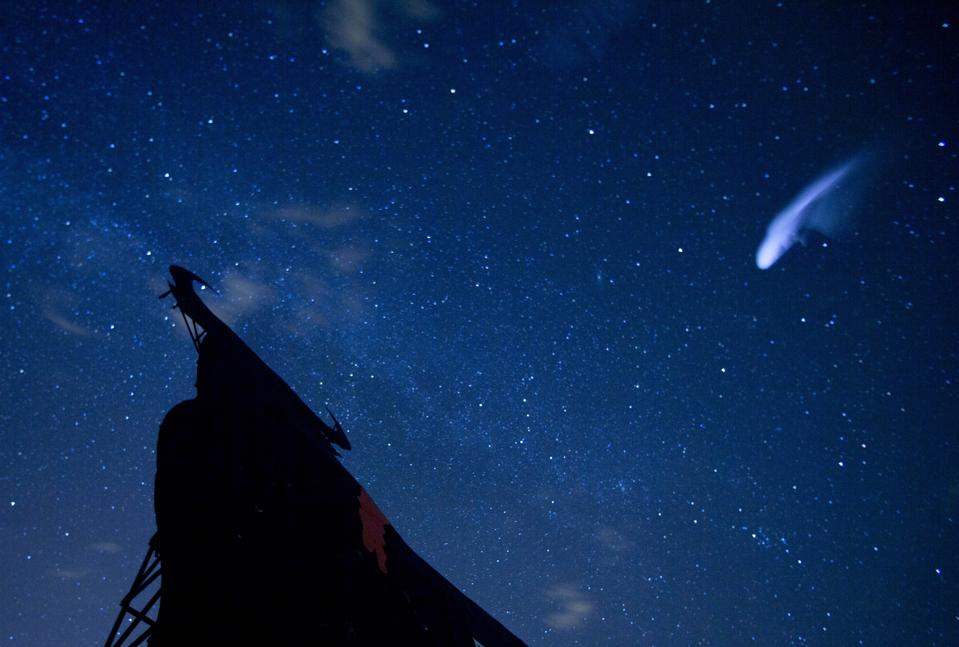The most famous annual meteor shower is now active, but the renowned Perseids won’t reach their full strength until August 12 or 13. The shining shooting stars are already making an appearance, joining trails and fireballs from several other showers that are near maximum intensity right now.
The strongest is the Southern delta Aquariids, which are predicted to peak on Sunday, but this shower doesn’t have a well-defined maximum. Rather it just contributes a handful of meteors per hour to the broader night sky display each evening during late July and early August.
A cool feature of delta Aquariid meteors is that nearly a tenth of them produce persistent trains that linger and glow in the atmosphere a second or two longer than your typical fleeting meteor.
Viewing will be hampered by a mostly full moon washing out dimmer meteors the next few nights, so you may want to take advantage of early morning hours after the moon has set.
More Meteor Madness
The alpha Capricornids won’t peak until Monday but have already been lighting up the skies with an impressive display of fireballs. In the below video, captured by Robert Lunsford for the American Meteor Society, seven fireballs can be seen on the night of Tuesday, July 26th into the early morning Wednesday.
Lunsford says the best time to look for these fireballs is around 1 a.m. local time.
The July gamma Draconids peak around July 28 and may add one meteor per hour to the mix. Generally a weak shower, they produced a short but intense outburst in 2016 and there’s always the potential of a surprise repeat performance.
Perseid Popularity And Potential
And of course, all this is really just practice for the Perseids, which are already dotting night skies now, but build towards a typically spectacular peak in mid-August where displays of up to 100 meteors per hour are not uncommon.
Combine it with tolerable summer nights in the northern hemisphere and it’s the perfect time for overnighting outside.
Experts can try to identify the source of each meteor and which shower it belongs to by noting its direction and trying to trace it back to its radiant, or apparent origin in the sky. This helps identify which cloud of debris in near-Earth space it came from.
But for the rest of us, shooting star-spotting need not be so complicated. It’s actually as simple as finding a location with a dark sky and a broad view of the heavens. Grab a comfortable blanket, lounger or hammock, a jacket and some refreshments. Then simply lay back and look up.
Give your eyes at least fifteen minutes to adjust to the dark and reserve a minimum of an hour for the entire experience to make sure you make it through the inevitable lulls in activity. A hundred meteors per hour doesn’t mean they come at a regular rate, after all. Instead you tend to get big outbursts of several in a short period followed by what can seem like long stretches of nothing.
Fortunately, Perseid season almost always rewards patience. Enjoy!

